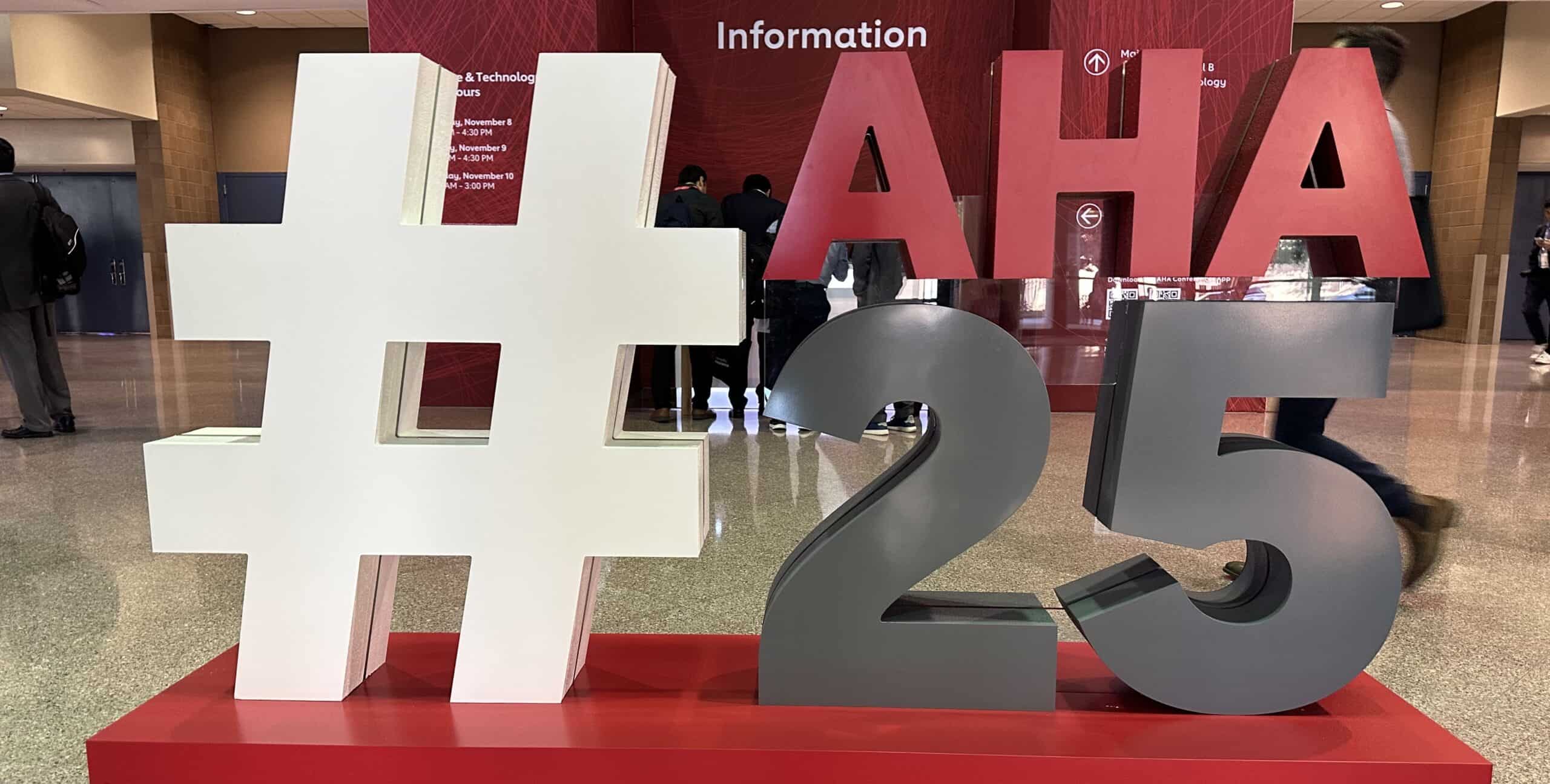The growing momentum of CT lung cancer screening was a major radiology news story in 2023. And while things are looking up as 2024 begins, there are still important issues to be sorted out for CT lung screening to achieve the same level of acceptance as other major cancer screening tests.
A new study called PROSPR in Annals of Internal Medicine highlights some of these challenges.
- Researchers found a higher rate of invasive procedures and complications after CT screening compared to the National Lung Screening Trial, the landmark study that showed that low-dose CT screening reduces lung cancer mortality by 20%.
The PROSPR researchers studied 9.3k individuals who got baseline LDCT lung screening scans from 2014 to 2018 across five US healthcare systems, finding:
- Abnormalities on baseline CT scans for 1.5k individuals (16%)
- Of these, 9.5% were diagnosed with lung cancer within 12 months
- A 32% rate of downstream imaging of screened individuals
- A 2.8% rate of invasive procedures such as needle biopsy and bronchoscopy
- In those who got invasive procedures, rates were higher than NLST for all complications (31% vs. 18%) and for major complications (21% vs. 9.4%)
What gives with the higher complication rates?
- One explanation is that the PROSPR population was older and sicker than in NLST, with more individuals 65 and over (52% vs. 27%) and higher rates of current smoking (55% vs. 48%) and COPD (35% vs. 18%).
Another reason could be that PROSPR’s population was more racially diverse, with fewer Whites than NLST (73% vs. 91%) and with a higher proportion of women (47% vs. 41%) – a sign of healthcare disparities.
The PROSPR authors acknowledged that their findings could shift the debate over the benefits and harms of CT lung cancer screening in community practice – a debate that has raged in breast screening for decades.
The Takeaway
The PROSPR findings are something of a wake-up call amid the growing enthusiasm worldwide for CT lung cancer screening. It’s no surprise that real-world results will differ from the highly controlled environment of a clinical study like NLST, but lung screening proponents will need to be prepared with a plan for managing downstream findings and a response to screening skeptics who would use results like PROSPR to question whether lung screening should be performed at all.





